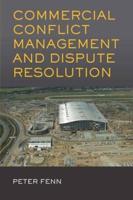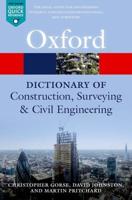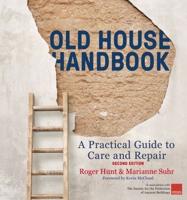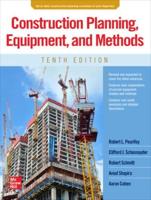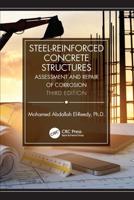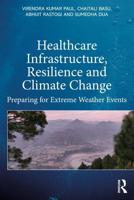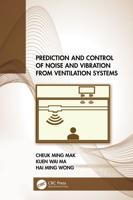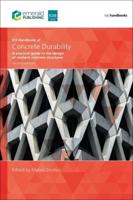Publisher's Synopsis
This manual provides guidance for planning, designing, developing, and managing dredged material for beneficial uses, incorporating ecological concepts and engineering designs with biological, economical, and social feasibility. Beneficial uses of dredged material have been proven on numerous sites in United States waterways. This manual will be helpful to scientists and engineers responsible for dredging and dredged material disposal using environmentally, economically, and socially sound techniques and beneficial use management strategies. Ten broad categories of beneficial uses have been identified, based on their functional use of dredged material at disposal sites. They are: (1) Habitat development (wetland, upland, island, aquatic, including migratory and nesting use by waterbirds, shorebirds, waterfowl, and other groups). (2) Beach nourishment. (3) Aquaculture. (4) Parks and recreation (commercial and noncommercial). (5) Agriculture, forestry, and horticulture. (6) Strip mine reclamation and solid waste management. (7) Shoreline stabilization and erosion control. (8) Construction and industrial use (including port development, airports, urban, and residential). (9) Material transfer (fill, dikes, levees, parking lots, roads). (10) Multiple purpose.

